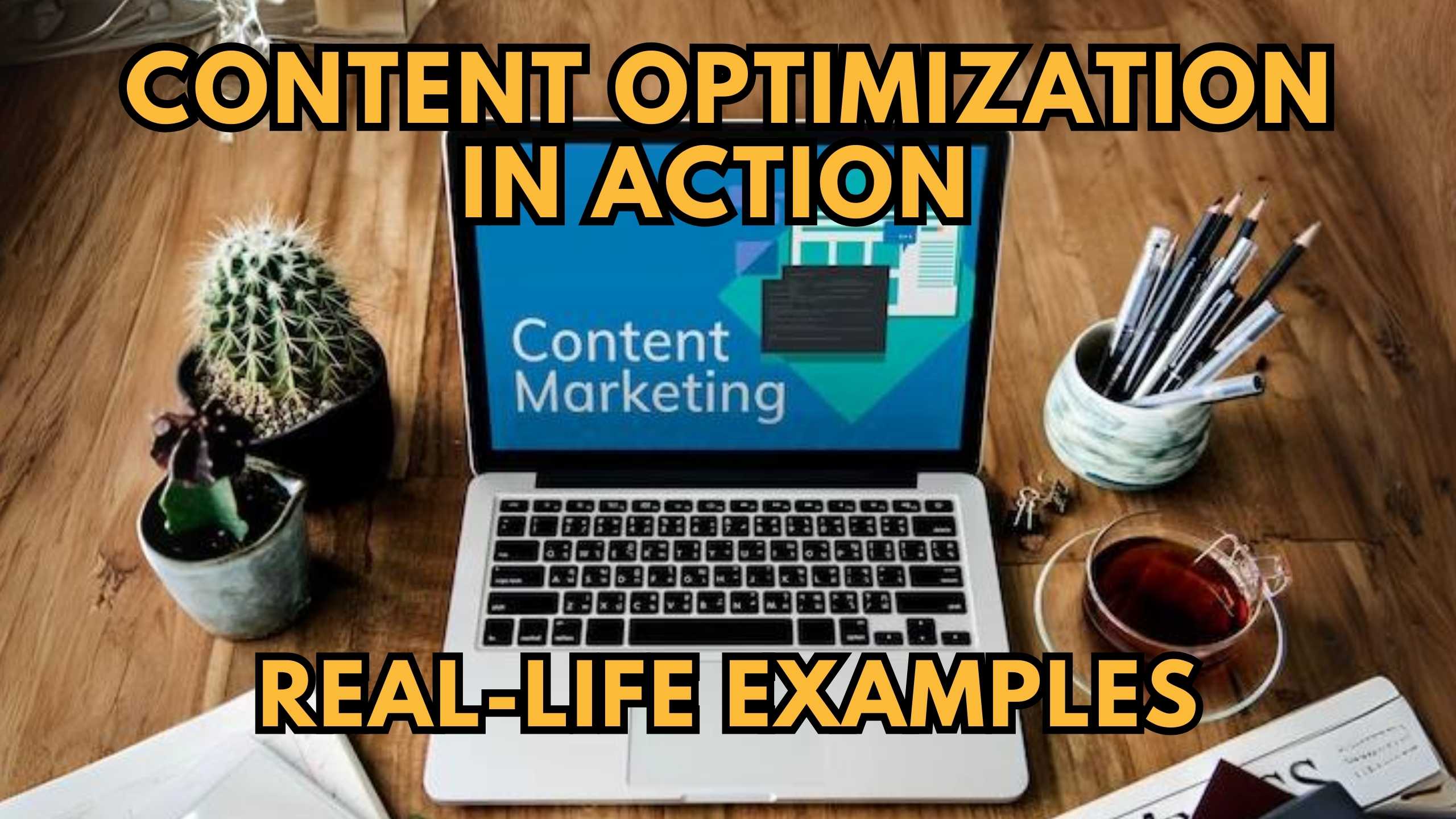Content Optimization in Action: Real-Life Examples
- WebOps Platforms Bug Tracking & Feedback Software Web Development & Design


Content Optimization in Action: Real-Life Examples
Content optimization is a crucial process for businesses looking to improve their online presence. By tailoring and enhancing content to match search intent, companies can increase organic traffic, boost conversions, and grow their audience.
When done effectively, strategic content optimizations make sites more discoverable, scannable, and shareable. However, for many, content optimization remains an abstract concept. This article will break down real-world examples of optimized content best practices in action across 4 key areas:
Keyword Research & Integration
Thorough keyword research lays the foundation for effective content optimization. By identifying high-volume, low-competition terms that map to searcher intent, companies can craft content that directly answers audience questions and needs.
HubSpot optimized their headline, meta descriptions, content structure, and body content around semantic keyword variations including “keyword research,” “keyword analysis,” “finding keywords,” etc.
This laser focus on core keywords – reflected in strategic optimizations across critical content areas – enabled HubSpot to rank #1 for multiple high-value keyword phrases and own the first page of Google for keyword research-related terms.
Headline & Meta Description Optimization
Optimizing headlines and meta descriptions is equally essential, facilitating click-throughs from search engine results pages. Remember, this is the first thing users see for your content in SERPs.
Moz clearly recognized this, optimizing their beginner’s guide to SEO across these two areas. Their headline speaks directly to the guide’s goal of explaining SEO for beginners while their meta description summarizes key takeaways.
Results? Their beginner guide ranks #1 for “SEO for beginners” and related long-tail variations, successfully bringing in high-quality traffic.
Information Architecture & Content Structure
Beyond writing content, actually structuring information plays a huge role in on-page optimization success. This includes using strategic headers, block text formatting, bullets & numbered lists, tables, images, and more to make content easily scannable.
Backlinko excels at this, leveraging clear header tags, spacious line spacing, information-rich graphics, and consistent formatting to craft an exceptionally scannable post.
These structural optimizations make it effortless for users to find whatever details they seek – especially on mobile – driving stronger engagement metrics.
Internal Linking
Lastly, effective internal linking helps pages connect to related content across websites through links, improving discoverability. This enables users to easily navigate to other helpful pages effortlessly.
Shopify nails internal linking on their pages, linking out to related posts covering things like keyword research, metadata, site structure, technical SEO, and more. These connections make it simple for readers to access other Shopify resources to continue learning.
Relevant SaaS Products
- Ahrefs – leading SEO toolkit for keyword research, backlink analysis, content tracking, and competitive audits
- Yoast – all-in-one WordPress SEO plugin for optimizing technical SEO and content
- Semrush – robust marketing toolkit covering SEO, PPC, content marketing, and more
- Surfer SEO – AI-powered content optimization platform focused on SEO improvements
- Frase – assists with content planning/ideation, keyword research, and SEO content analysis
Conclusion
Content optimization is a dynamic process that evolves with search engine algorithms and user behavior. By implementing the discussed strategies and leveraging the right SaaS tools, you can enhance your content’s visibility and impact.
Unlock the Power of SaaS with Subscribed.fyi
Ready to take your content optimization to the next level? Subscribed.fyi is your go-to platform for managing and comparing SaaS tools. Sign up for free today to access exclusive deals on 100+ SaaS tools, saving you over $100,000 per year! Manage all your subscriptions effortlessly and make informed decisions about your SaaS stack.
Unlock Free Deals Now at Subscribed.fyi
Relevant Links:





